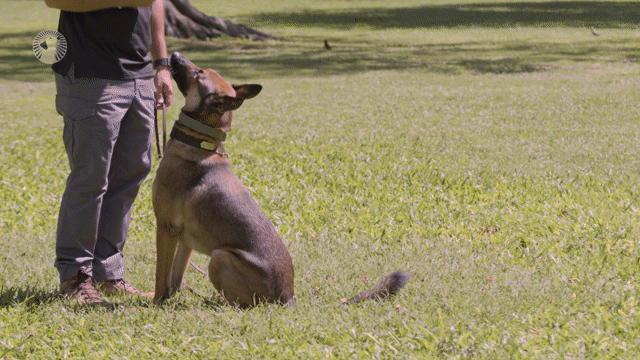
Understanding Dog Food Ingredients
Being a responsible dog owner means understanding your dog's food ingredients. This includes both knowing what is safe for them to eat and also being able to decipher the sometimes confusing food labels. This guide will help you do just that!
The first and most important thing to understand about dog food ingredients is that not all of them are created equal. Some ingredients are better for your pup than others, and some can even be harmful.
Here are some of the most important things to look for on a dog food label:
-Meat or poultry as the first ingredient: This is important because the food contains a good amount of protein. Protein is essential for dogs, and they should have a good source of it in their diet.
- No artificial colors, flavors, or preservatives: These additives can be harmful to your pup, so it's best to avoid them.
- A variety of fruits and vegetables: Dogs need a good mix of vitamins and minerals in their diet, and fruits and veggies are a great way to provide them.
- Whole grains: Grains are a good source of fiber, which is important for dogs' digestion.
-Essential vitamins & nutrients: A good dog food will contain all the essential vitamins and nutrients your pup needs to stay healthy. Check the label for essential fatty acids, carbohydrates with adequate fiber contents, and vitamins like A, D, E and B complex.
Common Causes of Dog Food Allergies
Some ingredients can also cause allergic reactions in dogs. If your pup seems to be constantly scratching or licking themselves, has watery eyes, or experiences other signs of allergies, it might be time to look at the ingredients in their food.
The best way to determine if your dog is allergic to a certain ingredient is to perform an elimination diet. This means removing all suspect ingredients from their diet and then slowly reintroducing them one at a time. If your dog experiences an allergic reaction after eating a certain ingredient, you'll know which one to avoid.
The most common allergens in dog food are:
- Corn
- Wheat
- Soy
- Dairy
- Meat byproducts
Some ingredients are less common but can still cause reactions in some dogs. These include:
- Rice
- Potato
- Beet pulp
- Oat bran
- Brewers yeast
If your dog is allergic to any of these ingredients, you'll need to find a food that doesn't contain them. This can be a challenge, but plenty of good dog foods out there don't include these ingredients.
Symptoms of Food Allergies in Dogs
The symptoms dogs experience from food allergies can vary depending on the dog and the allergen. However, some of the most common symptoms are:
- Scratching
- Licking
- Watery eyes
- Sneezing
- Runny nose
- Diarrhea
- Vomiting
If your dog is experiencing any of these symptoms, it may be allergic to something in its food. Talk to your vet to determine if a food allergy is a cause and what you can do to help your pup.
The Bottom Line
Dog food ingredients can be confusing, but as long as you know what to look for, you'll be able to pick food that's right for your pup. Be sure to avoid artificial colors, flavors, and preservatives, and look for a food with meat or poultry as the first ingredient. And if your pup seems to be allergic to any ingredients, do an elimination diet to figure out which one is causing the reaction. With a little bit of knowledge, you can keep your pup healthy and happy!
Useful Ressources

The Primal Power of Food
How to motivate your dog using food. Learn how to use food throughout your dog’s life to get the best out of them. Become an expert in motivating your dogs!

Introduction to The Beacon Dog Training Course
Looking for a practical, easy-to-understand online dog training course that will translate into positive results? Try Daniel's step-by-step approach.

Introducing a New Dog to Your Life
Introducing a new dog into your household can be stressful. Learn how to set the right framework for success before, during, and after introducing your pup!

Why is My Dog Not Interested in Food?
Is your dog not interested in food, but otherwise healthy? Then, the cause of your pup's lack of interest in your lavish meals is most likely very simple: It's not hungry!

Can Dogs Eat Bread?
While you may think that giving your dog a slice of bread from time to time won't hurt them, it's actually better to err on the side of caution and avoid feeding them bread altogether.

Can a Dog Eat Tuna?
When engaging your dog's primal food instincts during training sessions, it can be difficult to know what the right thing to feed it is. Is tuna a good dog treat?